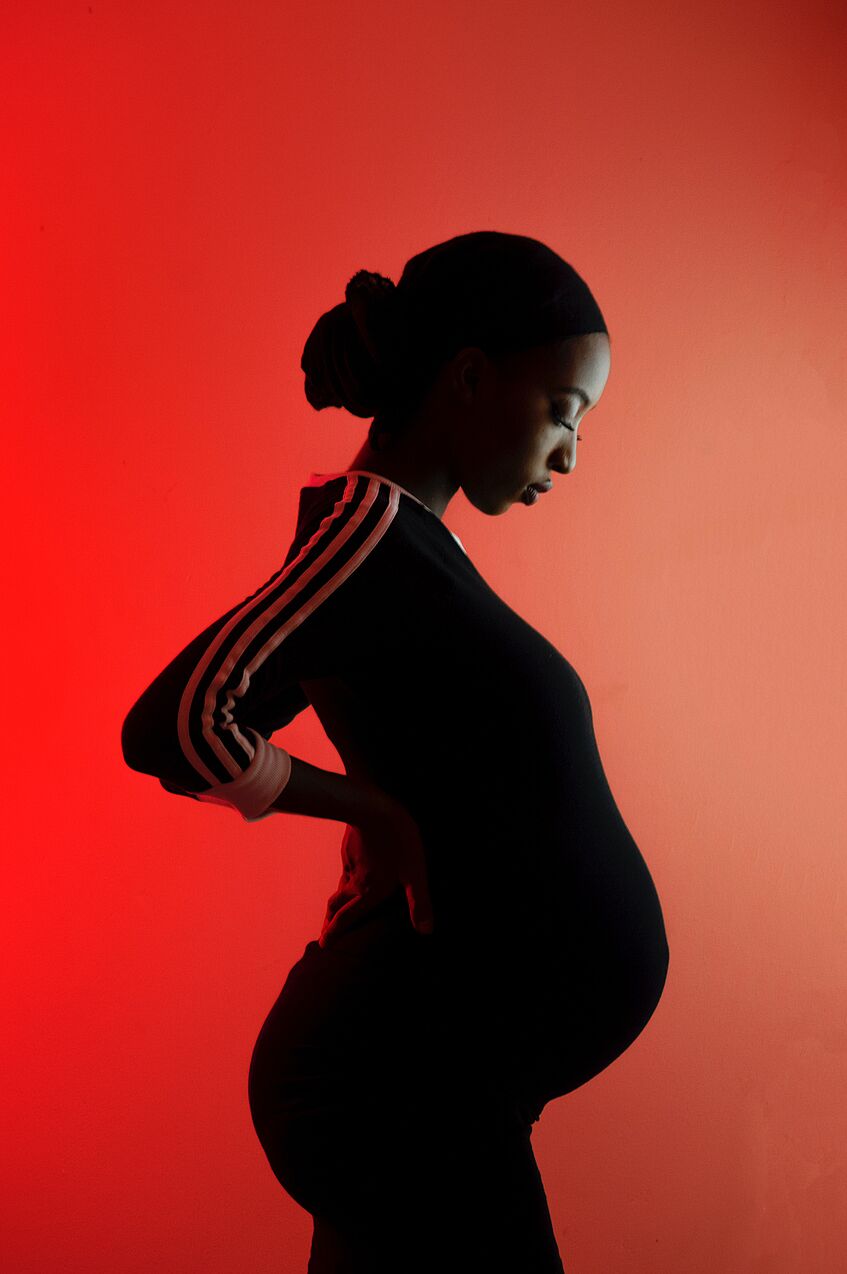Does Bipedal Locomotion Create Obstetrical Dilemma?
The Question
Human pelvis is responsible for a range of life supporting functions. It pivots the lower limbs and plays the central role in our bipedal locomotion. It also hosts and protects internal organs and an unborn infant, while allowing for enough space for childbirth. The question is if this multitude of functions create an evolutionary trade off in pelvic morphology.
alex4663 from Pixabay>
The Answer
Toro Tseleng on Unsplash >
The Answer
The 'Obstetrical Dilemma' argument (Washburn, 1960; Abitbol, 1988) suggests that biomechanical requirements of bipedal locomotion are at odds with what is beneficial for childbirth. In particular, a larger pelvic canal would allow for an easier passage of the infant. At the same time, wider hips may increase the cost of locomotion.
In this project, we test predictions from the Obstetrical Dilemma and investigate if the morphology of the pelvic bone affects the biomechanical parameters of walking and running in humans. Unlike previous studies, we focus on how forces experienced by the hip joints vary depending on the pelvis morphology. However, we also want to know if morphological differences translate into the variation of power generated by different individuals while moving.



